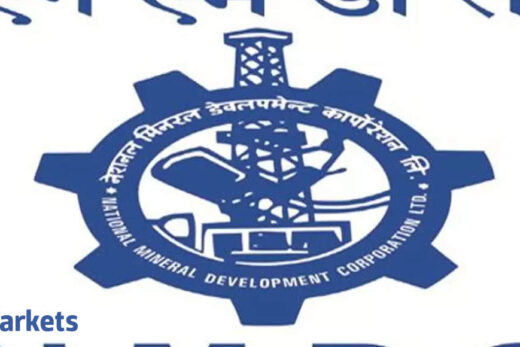In the fiscal year ended March 2021, 21 out of 29 IPOs generated positive returns for investors on listing. IPO listing returns of 36 per cent in 2020-21 was the highest in a decade, fuelled by an average oversubscription rate of 71.3 times of IPO issue size, the RBI study showed.
RBI analysed IPOs that were listed on the BSE and the NSE between 2011-12 to 2020-21. It found that the coefficient of oversubscription to be positive and highly significant in explaining the IPO’s initial returns.
“Intuitively, a higher oversubscription rate is a signal to the investors in the secondary market on the potential increase in share prices and expected returns. The results also show a positive and significant relationship between lagged Sensex returns and IPO returns, suggesting that IPOs issued during the boom period are relatively more underpriced, which is broadly in line with past studies,” RBI said.
The study was analysing underpricing of IPOs which happens when a stock generates higher prices on the first day of listing. Many times the issuer deliberately underprices its IPO to attract uninformed investors or to compensate investors taking the uncertainty risk.
The study found that firm specific characteristics are not statistically significant in explaining the price run-ups on the IPO listing day.
In January, a RBI discussion paper on a new regulatory framework for non banking finance companies (NBFCs) proposed a Rs 1 crore cap on lending by NBFCs to subscriptions in IPOs.
Financing by NBFCs, a large business for some of these companies has come under close scrutiny, as while there is a limit of Rs 10 lakh for banks financing IPOs, there is no such limit for NBFCs. These norms are yet to be notified.



